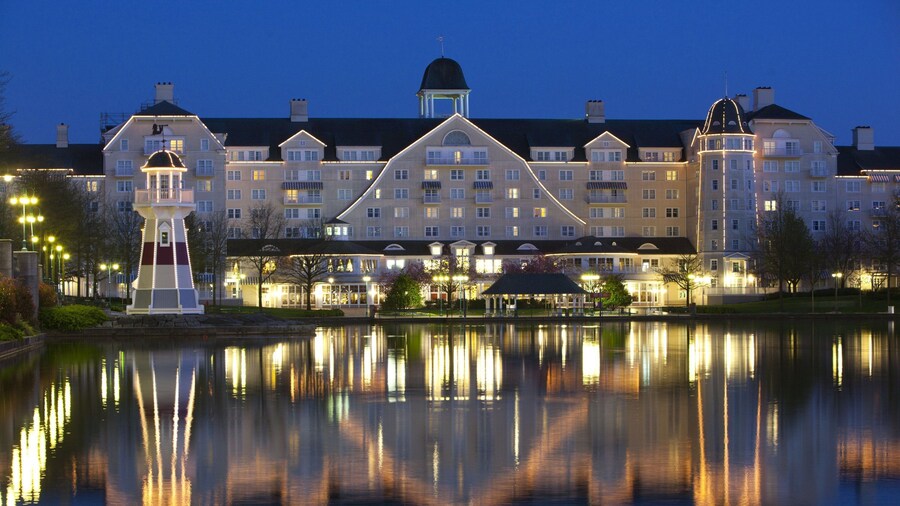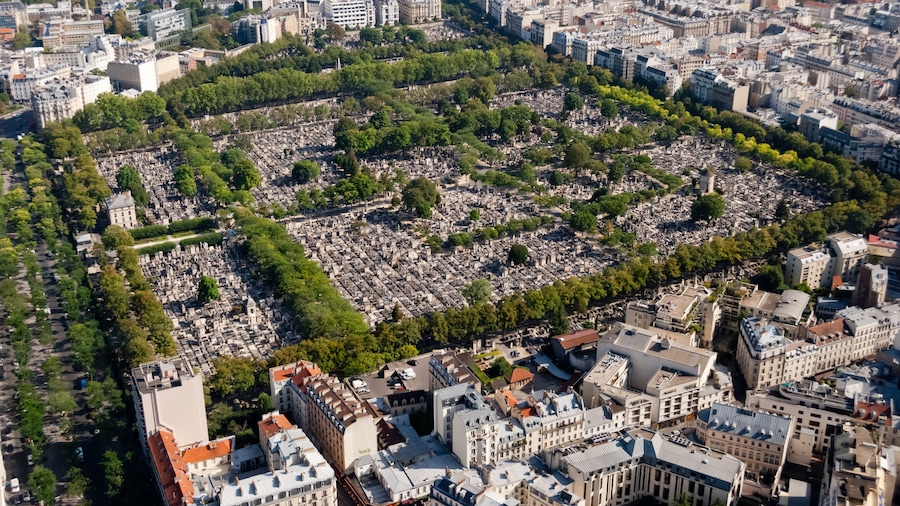Take a trip back in time on a chilling journey underground to visit the remains of more than 6 million Parisians.
In the late 18th century, the city of Paris was facing a problem – water supplies were becoming contaminated because of overcrowding in graveyards, which was leading to health problems among inhabitants. The city’s government came up with an ingenious solution: move existing bones into the abandoned underground limestone quarries to create more space in the graveyards. The result can be seen today in the fascinating Paris Catacombs, which have been a tourist attraction since 1874.
The bones are a work of art in themselves, and visitors can marvel at the neat arrangements of skeletal remains that form the walls of the passageways that stretch for nearly 2 kilometres under Paris. Memorial plaques were also transferred to preserve the memory of those who are interred here, but as bones are arranged according to type – skulls, femurs, tibias etc. – the memorials are not sited near their owners.
Your visit starts in the 14th arrondissement on the Place Denfert-Rochereau, from which you descend underground and then wind through low-ceilinged, dimly lit tunnels. The walls are covered in intricate carvings, known as the Sculptures of Decure, made by the quarry inspector who was trapped and died down here in 1777 when a sinkhole opened on an upper level of the tunnel.
To make the most of your visit, rent an audio tour which will give you an insight into the construction of the catacombs and walk you through the winding passages. Don’t miss the Fountain of Samaritan, a small spring encircled by a wall of bones, or the Sepulchral Lamp, which was lit by quarrymen working in the corridors.
The tunnels are open every day except Mondays. It takes about an hour to explore the catacombs, and children under 14 must be accompanied by an adult. This is a popular destination with limited capacity, so be prepared to queue for entry. Take a jumper, as it gets cold underground even in summer. It can also be slippery so take care, especially on the many stairs in and out of the tunnels. Be careful to stick to the path – you don’t want to get lost in the further 290 kilometres of quarry tunnels. The catacombs are accessible by public transport and paid is available nearby.

















